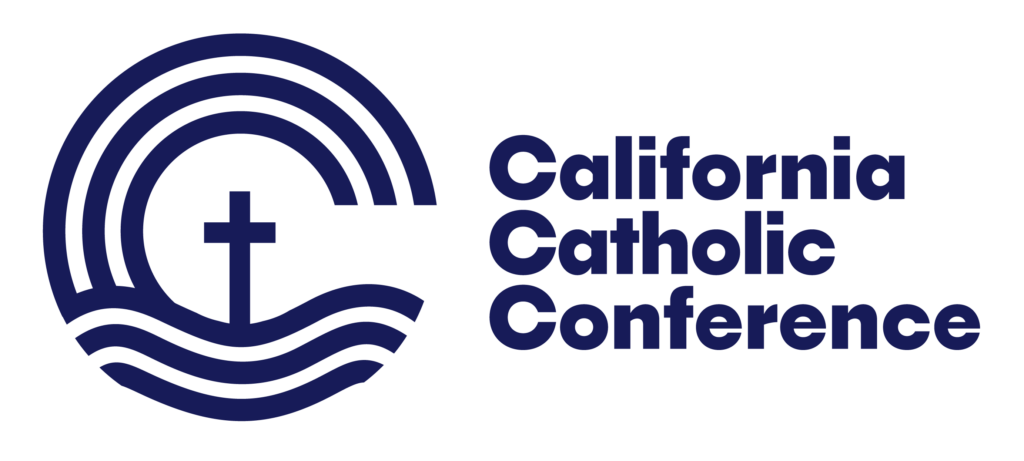A high quality preschool education has been shown to result in many strong long-term benefits for both the child and society as a whole. Such benefits include improved student achievement and reduced involvement in juvenile crime.
While there may not be an established formula for what constitutes a high quality preschool education, the National Institute for Early Education Research finds that certain elements are critical:
- For children, it is important that they are respected and nurtured, have ongoing opportunities to learn important skills and knowledge, and are able to make meaningful decisions throughout the day.
- For parents, a high quality preschool program includes them as partners in all aspects of the educational program and gives them opportunities to improve their educational and parenting skills.
- Finally, for teachers, a high quality preschool education calls for training in early childhood education, frequent and meaningful interactions with the children, the teaching of important concepts, and being paid a professional salary.
When a high quality preschool program, which encompasses many of the elements described above, is provided in a Catholic setting, the benefits to the child, family, and society are multiplied. In a 2005 statement by the United States bishops in which they renewed their commitment to supporting Catholic schools into the new millennium, the bishops recognized the immense value of Catholic schools:
“Catholic schools collaborate with parents and guardians in raising and forming their children as families struggle with the changing and challenging cultural and moral contexts in which they find themselves. Catholic schools provide young people with sound Church teaching through a broad-based curriculum, where faith and culture are intertwined in all areas of a school’s life. By equipping our young people with a sound education, rooted in the Gospel message, the Person of Jesus Christ, and rich in the cherished traditions and liturgical practices of our faith, we ensure that they have the foundation to live morally and uprightly in our complex modern world.”
While this statement was given in the context of Catholic elementary and secondary schools, it can equally be applied to Catholic preschools. For example, at Holy Family Preschool in Citrus Heights near Sacramento, traditional Catholic prayers, are introduced to the children along with Bible songs. The children also make a monthly chapel visit where a teacher reenacts a Bible story and uses that time to teach the children reverential behavior in church. Moreover, the preschool has a prayer garden with a statue of Our Lady so that the children can make frequent visits for quiet prayer time. The director of Holy Family Preschool, Lucy Eberhardt, notes that the motto of the preschool is “Nurturing Christ-like behavior in one another.” Thus, from a very early age, the children are taught to respect one another and model virtuous Christian behavior.
In the 2005 U.S. Bishops Statement, the bishops also acknowledged that:
“Catholic schools are often the Church’s most effective contribution to those families who are poor and disadvantaged, especially in poor inner city neighborhoods and rural areas. Catholic schools cultivate healthy interaction among the increasingly diverse populations of our society. In cities and rural areas, Catholic schools are often the only opportunity for economically disadvantaged young people to receive an education of quality that speaks to the development of the whole person.”
In keeping with this mission, the many benefits of Catholic preschools are made available to economically disadvantaged families through subsidy programs and tuition assistance. In the Archdiocese of Los Angeles, which has 87 preschools, several preschools located in inner cities are subsidized by the Archdiocese. Yet, the focus in all the preschools is the children’s faith formation. In addition, all areas of a child’s development – cognitive, linguistic, social, physical, and creative – are addressed through developmentally appropriate play activities so that by the time the children leave preschool they are prepared for kindergarten.
